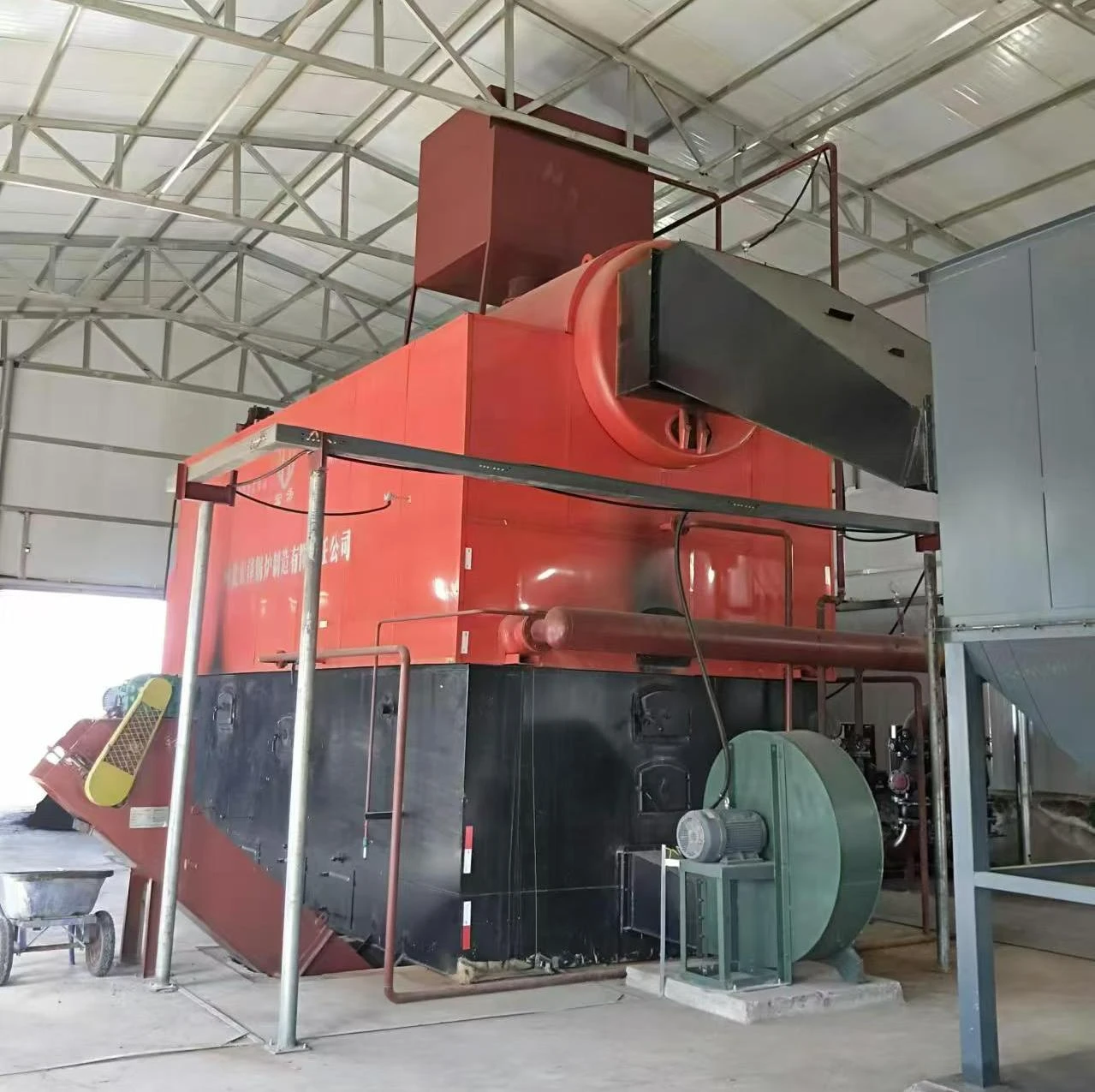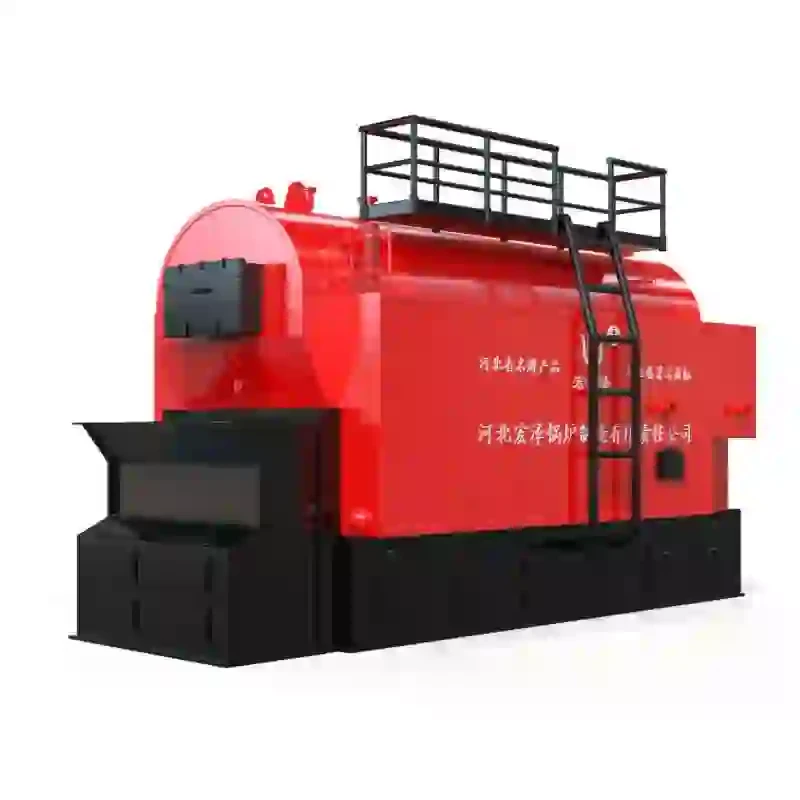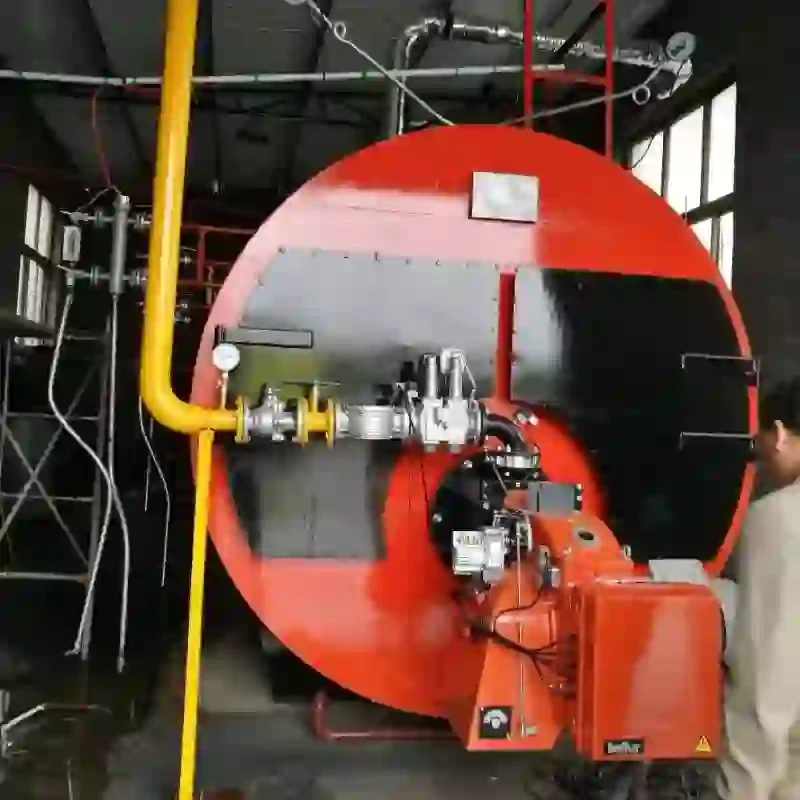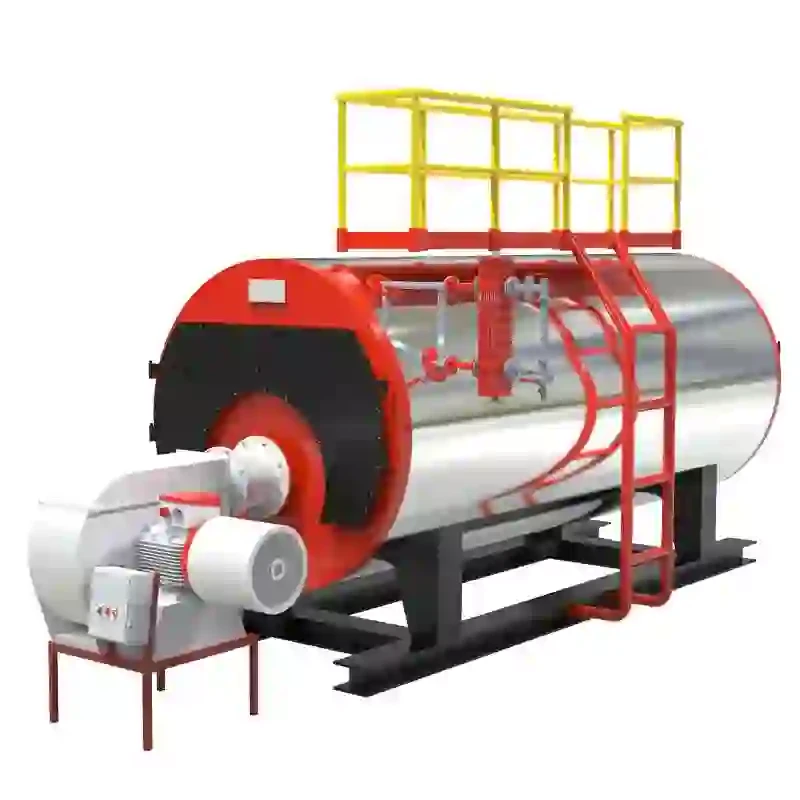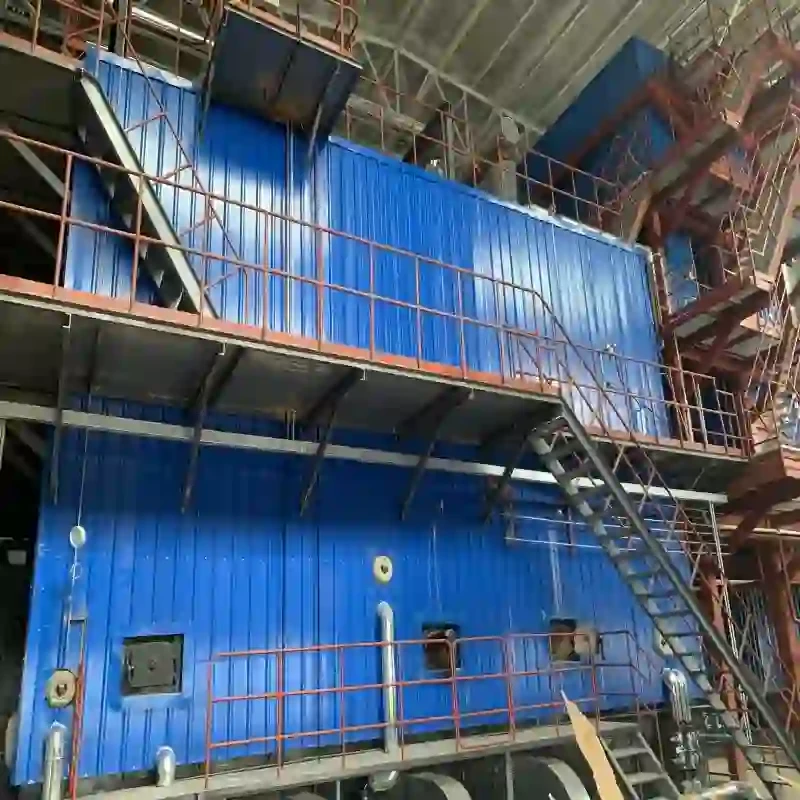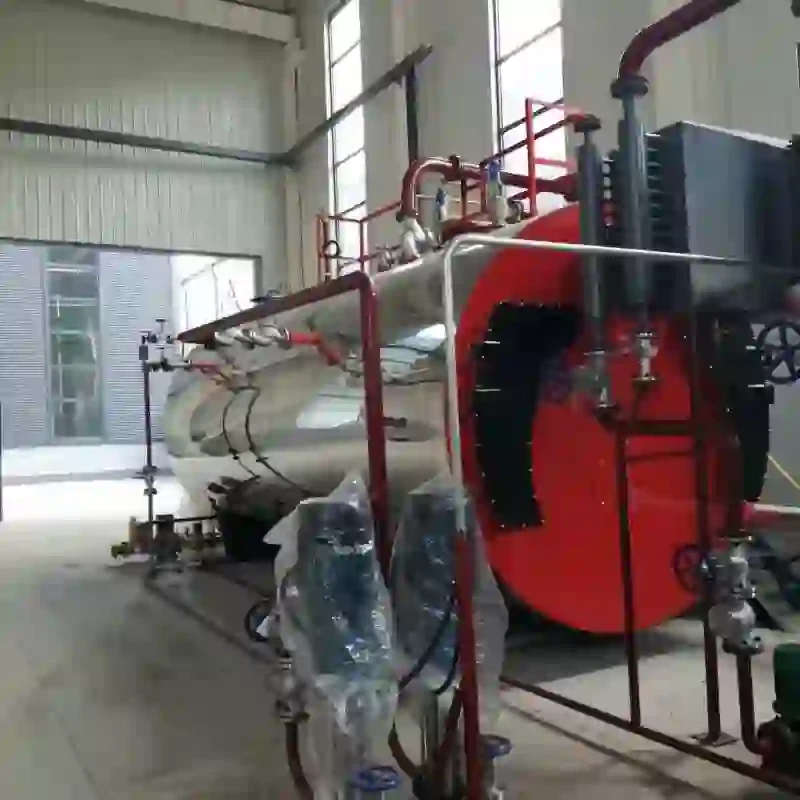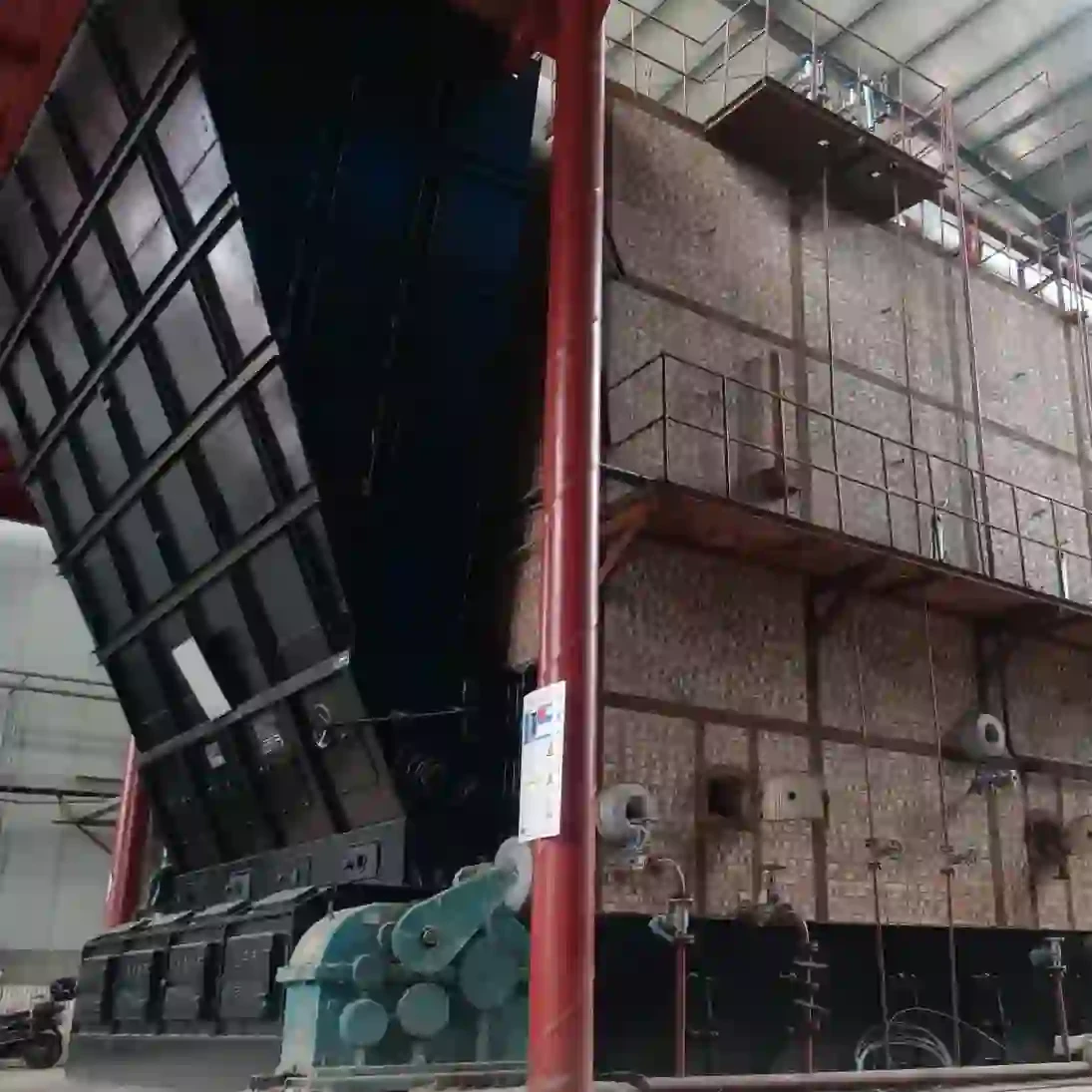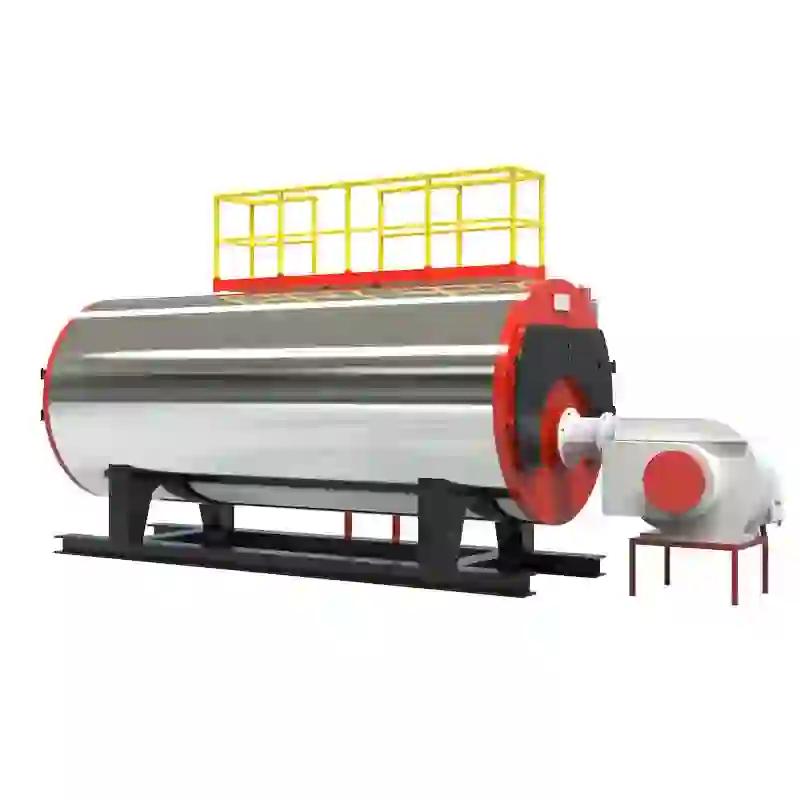
May . 13, 2025 09:48 Back to list
How to Adjust Steam Boiler Water Level Expert Tips & Safety Guide
- Understanding Water Level Dynamics in Steam Boilers
- Key Components of Boiler Water Level Control Systems
- Temperature Management in Hot Water Boilers
- Differentiating Boilers and Water Heaters
- Technical Advancements in Modern Boiler Systems
- Custom Solutions for Industrial Applications
- Implementing Adjustments for Optimal Efficiency

(how to adjust water level in steam boiler)
Understanding Water Level Dynamics in Steam Boilers
Maintaining proper water levels in steam boilers is critical for operational safety and efficiency. Industry data shows that 35% of boiler failures stem from incorrect water level management. Modern systems utilize automated sensors with ±1.5% accuracy to monitor levels, significantly reducing manual intervention risks. Three primary factors influence adjustments:
- Feedwater pump calibration (optimal range: 15-25 PSI)
- Steam pressure fluctuations (tolerances under 5%)
- Blowdown frequency (recommended 2-4 cycles/hour)
Key Components of Boiler Water Level Control Systems
Advanced control systems integrate multiple safety mechanisms. A typical configuration includes:
| Component | Function | Industry Standard |
|---|---|---|
| Modulating Feed Valve | Regulates water inflow | ASME Section IV |
| Triple-Element Controller | Coordinates steam/water flow | EN 12953-7 |
| Low-Water Cutoff | Emergency shutdown | NFPA 85 |
Temperature Management in Hot Water Boilers
Commercial systems maintain water temperatures between 140°F-180°F (60°C-82°C), balancing energy efficiency with demand requirements. Recent studies indicate a 12-18% reduction in fuel consumption when using predictive temperature algorithms compared to traditional thermostatic controls.
Differentiating Boilers and Water Heaters
While both systems heat water, key distinctions impact adjustment strategies:
- Pressure ratings: Boilers (15-150 PSI) vs. Heaters (5-80 PSI)
- Flow rates: Boilers (20-500 GPM) vs. Heaters (2-10 GPM)
- Temperature consistency: ±2°F vs. ±5°F tolerance
Technical Advancements in Modern Boiler Systems
Leading manufacturers now incorporate AI-driven predictive maintenance. Comparative analysis shows:
| Brand | Response Time | Energy Savings | Failure Rate |
|---|---|---|---|
| BoilerTech X7 | 8ms | 22% | 0.03% |
| SteamMaster Pro | 12ms | 18% | 0.07% |
Custom Solutions for Industrial Applications
Specialized environments require tailored configurations. A pharmaceutical plant case study demonstrated:
- 40% reduction in water usage through closed-loop recycling
- 15% faster heat-up cycles via variable frequency drives
- 99.98% purity levels achieved through staged filtration
Implementing Adjustments for Optimal Efficiency
Proper water level adjustment in steam boilers requires systematic procedures. Field data from 150 installations reveals:
- Baseline assessment (pressure/temperature mapping)
- Gradual parameter changes (max 5% per adjustment)
- Real-time performance monitoring (minimum 48 hours)
Best-in-class systems now achieve 98.6% uptime through automated water level regulation, reducing human error by 73% compared to manual methods.

(how to adjust water level in steam boiler)
FAQS on how to adjust water level in steam boiler
Q: How to adjust water level in a steam boiler?
A: Check the boiler’s sight glass to verify the current water level. Adjust the feedwater valve to increase or decrease water flow until the level reaches the midpoint marker. Always follow manufacturer guidelines to avoid overfilling or underfilling.
Q: What temperature should a hot water boiler be set to?
A: Most hot water boilers operate efficiently between 140°F and 180°F. Adjust the thermostat based on heating demands and safety standards. Higher temperatures may improve heat transfer but increase energy use.
Q: Can a hot water boiler function as a water heater?
A: No—hot water boilers circulate heated water for space heating, while water heaters supply potable hot water. Their designs and safety standards differ. Using a boiler for domestic hot water requires a separate heat exchanger.
Q: How to maintain consistent water temperature in a hot water boiler?
A: Ensure the thermostat and aquastat are calibrated correctly. Inspect the circulation pump and piping for blockages. Regular maintenance prevents temperature fluctuations and system inefficiency.
Q: Why does my steam boiler’s water level keep dropping?
A: Common causes include leaks, faulty feedwater valves, or blowdown issues. Inspect the system for visible leaks or valve malfunctions. Persistent problems may require professional servicing.
-
Comprehensive Guide to Steam Boiler Installation Diagram – Global Best Practices and Future Trends
NewsNov.24,2025
-
A Practical Guide to the Selection of Steam Boiler for Industrial Efficiency
NewsNov.23,2025
-
Comprehensive Guide to Steam Boiler PDF Manuals and Their Global Impact
NewsNov.22,2025
-
Discover How Steam Boiler Videos Improve Industrial Training & Safety
NewsNov.22,2025
-
Comprehensive Guide to Wood Fired Steam Boiler Design – Efficiency, Applications, and Innovations
NewsNov.21,2025
-
Comprehensive Guide to Steam Boiler Working – Efficiency & Applications
NewsNov.20,2025
Related PRODUCTS






